The Adobe Mountain Wildlife Center Auxiliary is a place that
receives wounded animals and animals that have been illegally raised by
humans. Once a year, they open up their
facilities to the public. This event
took place last weekend. I usually go to
these things because wildlife interests me and it’s a way of seeing these
animals up close as well as learning about them. They had a really good turnout this year, it was very interesting, and I'll definitely keep an eye out for it next year.
They are located in north Phoenix and you can learn more about the
Adobe Mountain Wildlife Center Auxiliary by visiting their website.
I took a lot of pictures, but most of them did not turn out
very well due to the lighting, the animals moving a lot (there were a lot of
birds) and, in the case of the reptiles, the glare of the glass from the cages
they were in.
The small animals and reptiles were the first little
creatures I saw. I saw a Pallid Bat,
White-throated Woodrat, Common Kingsnake (I saw one of these in the wild
when hiking once), Speckled Rattlesnake (I’ve seen – and heard – rattlesnakes
while hiking a number of times), Gopher Snake, Western Diamondback Rattlesnake
(most popular snake in Arizona), a Desert Rosy Boa, a Mohave Rattlesnake, and
two Gila Monsters (I’ve seen these twice while hiking – they are the only
venemous lizard in the United States and spend nearly all their time
underground so it’s rare to see one in the wild).
Gila Monster
It's tough to see because he's in the corner of the cage, but this is a baby Gila Monster.
Desert Rosy Boa
Common Kingsnake. It's too bad his face is so blurry, or this would have been a good picture.
Next came the eagles, where I learned some really
interesting information from the handler.
This is a Bald Eagle.
The reason his head isn’t white is due to his age. He is only two years old. The handler told me that it takes approximately
four to five molting cycles before the feathers on their head turn white. I hadn’t known that.
This is a Golden Eagle.
This little guy was hit by a car and, as a result, will never be able to
be returned to the wild. Most of the
animals I saw today will not be able to be returned to the wild so they now act
as ambassadors to educate the public.
The Golden Eagle can be found all over the world.
This is a Turkey Vulture.
They get a little bit of a bad rap because a lot of people think they’re
ugly but they help keep the desert clean because, well, they are vultures. And I think they are just as beautiful as any
other bird!
This is the back of the Turkey Vulture.
There were a number of turtles out there.
It’s a little tough to see, but this is a raccoon hanging
upside down. lol!
Here's the same picture zoomed in a bit. You can see him a little bit better here.
A Hawk.
This little guy was just kind of hanging out.
I believe the handler said this bobcat is approximately five
years old.
Another little guy just hanging out and taking it all in.
This is a Great-horned Owl.
Those eyes are just beautiful!
This is a Barn Owl.
Here you can see his beautiful eyes. There's also something amusing about this picture.
I'm not sure what kind of owl this is, but he sure is a cutie!
This is a Black-Crowned Night Heron.
This is a Black-tailed Prairie Dog. He was chewing on the handler's shoe.
This is an American Kestral Falcon.
Another American Kestral Falcon. He's got a really cute look on his face in this photo.
This is a Common Raven. This particular bird is actually very intelligent.
This is a picture of the hospital, where surgeries are
performed, among other things, while rehabilitating and caring for the
animals.

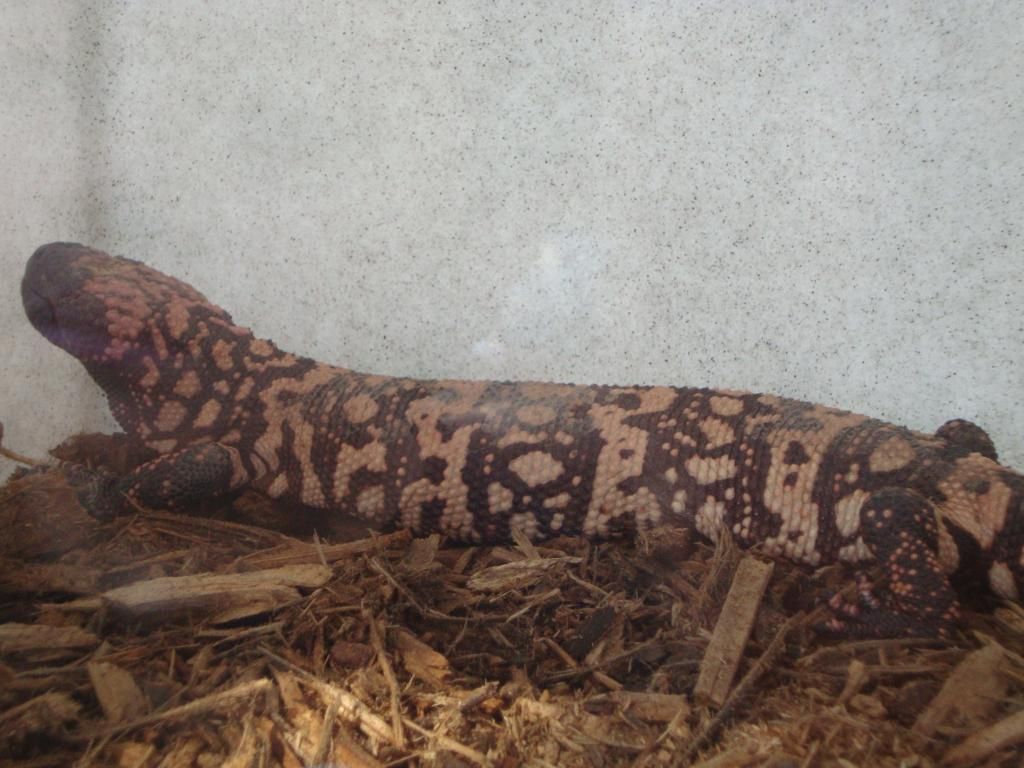
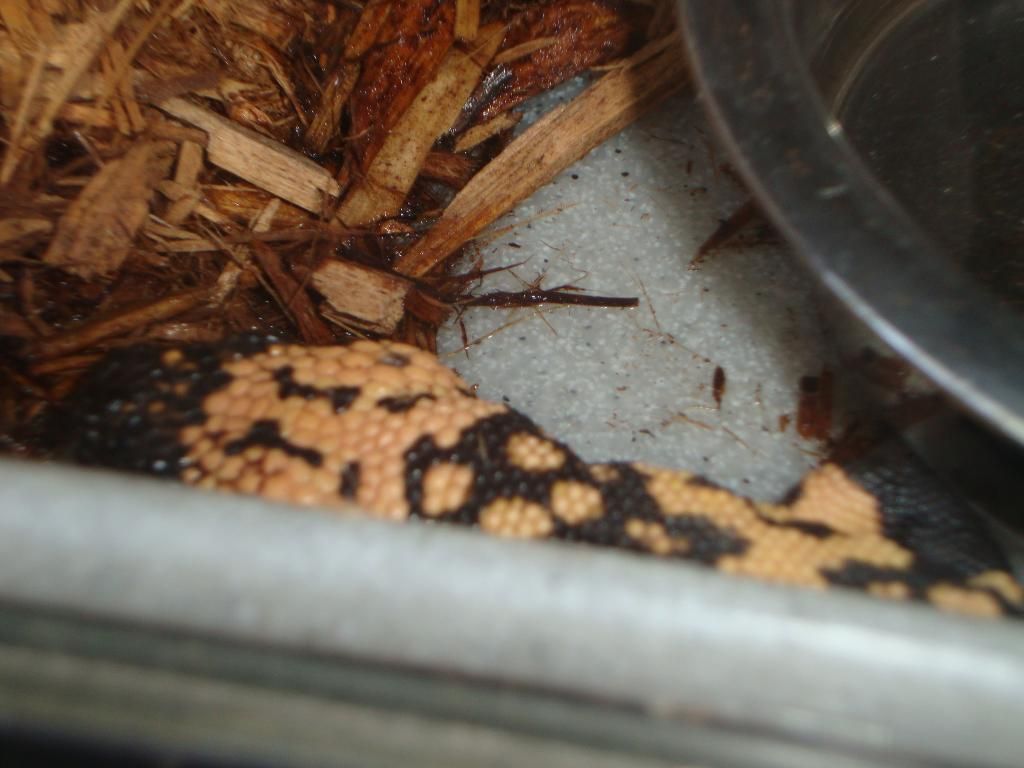
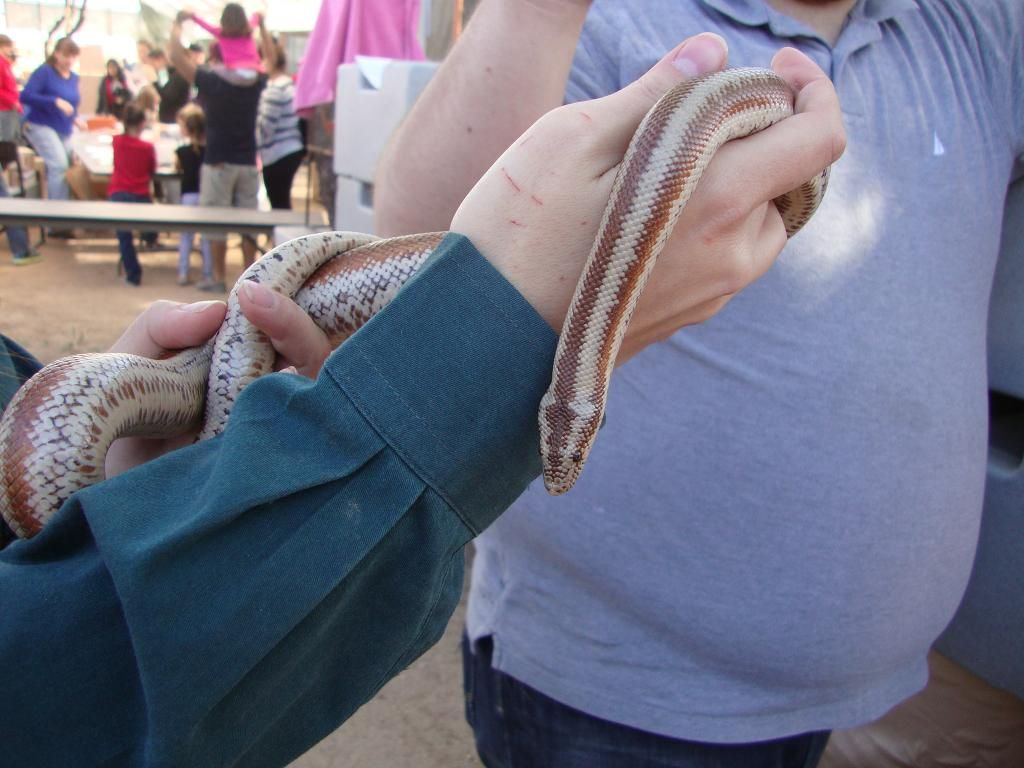
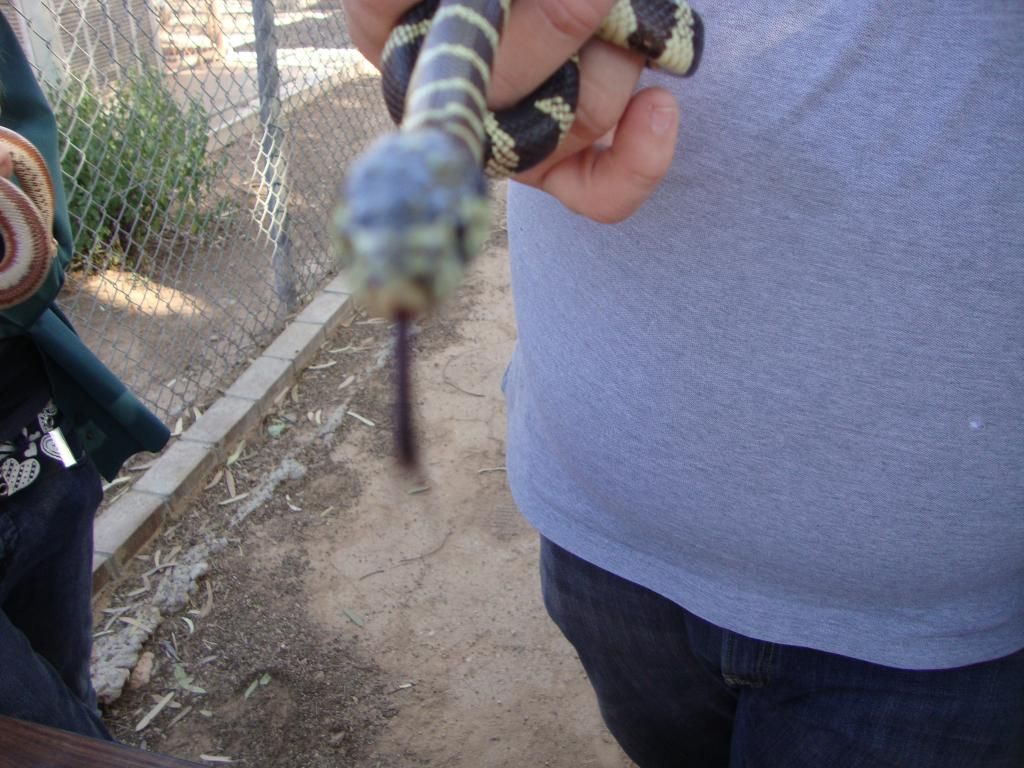
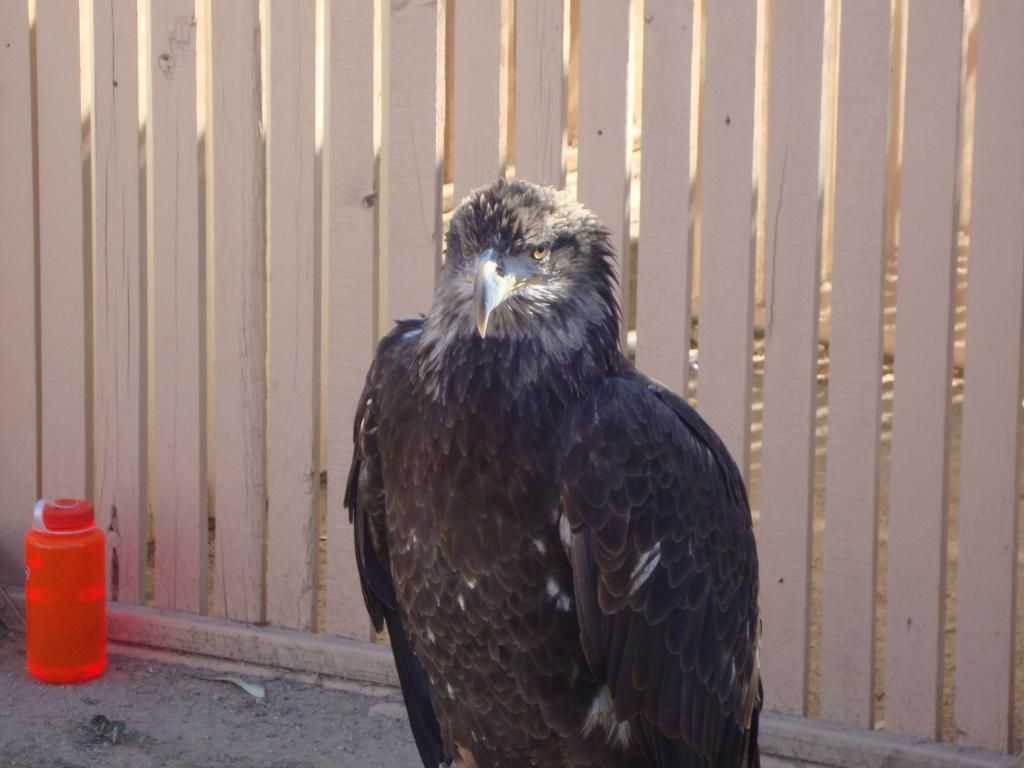
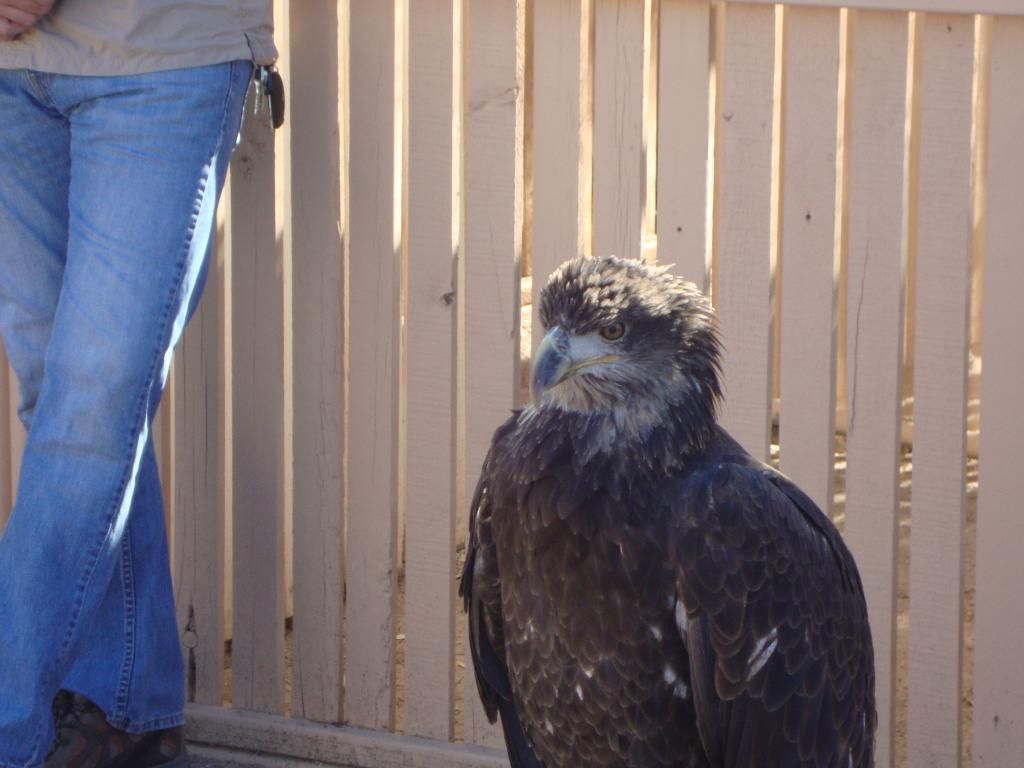
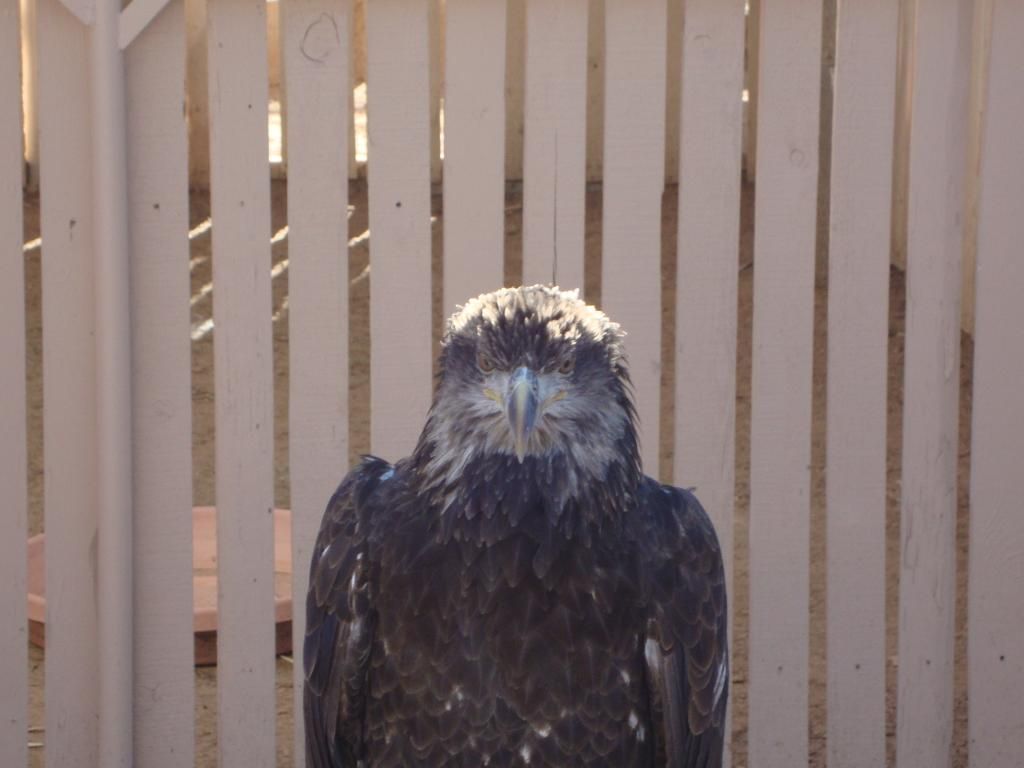
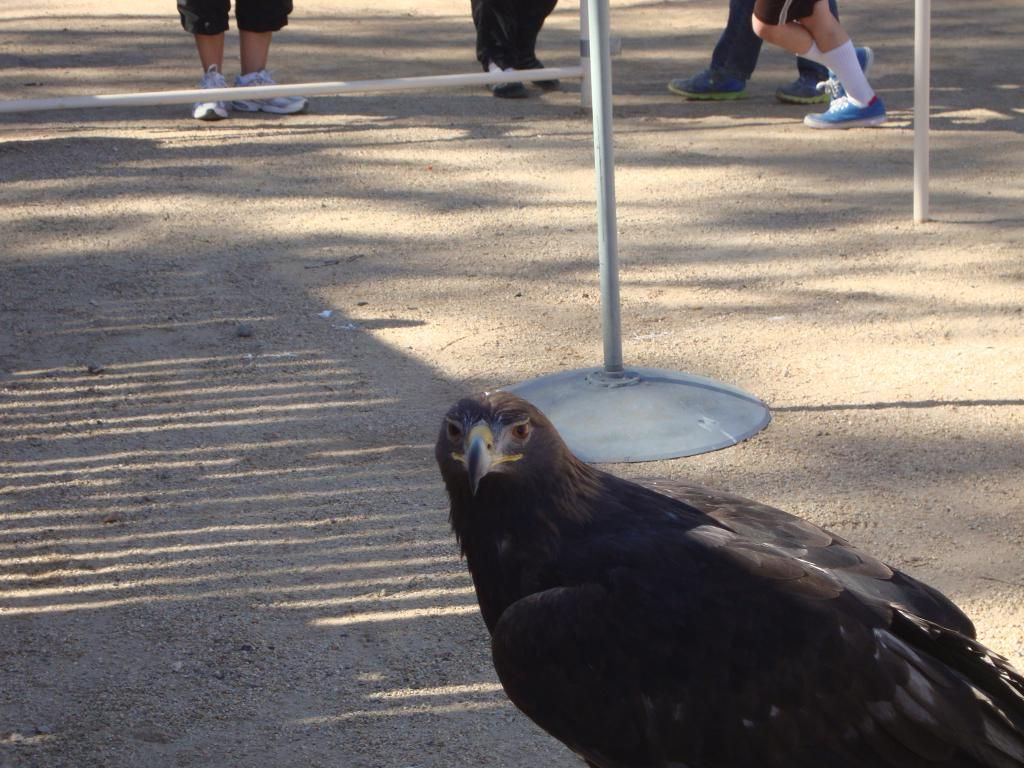
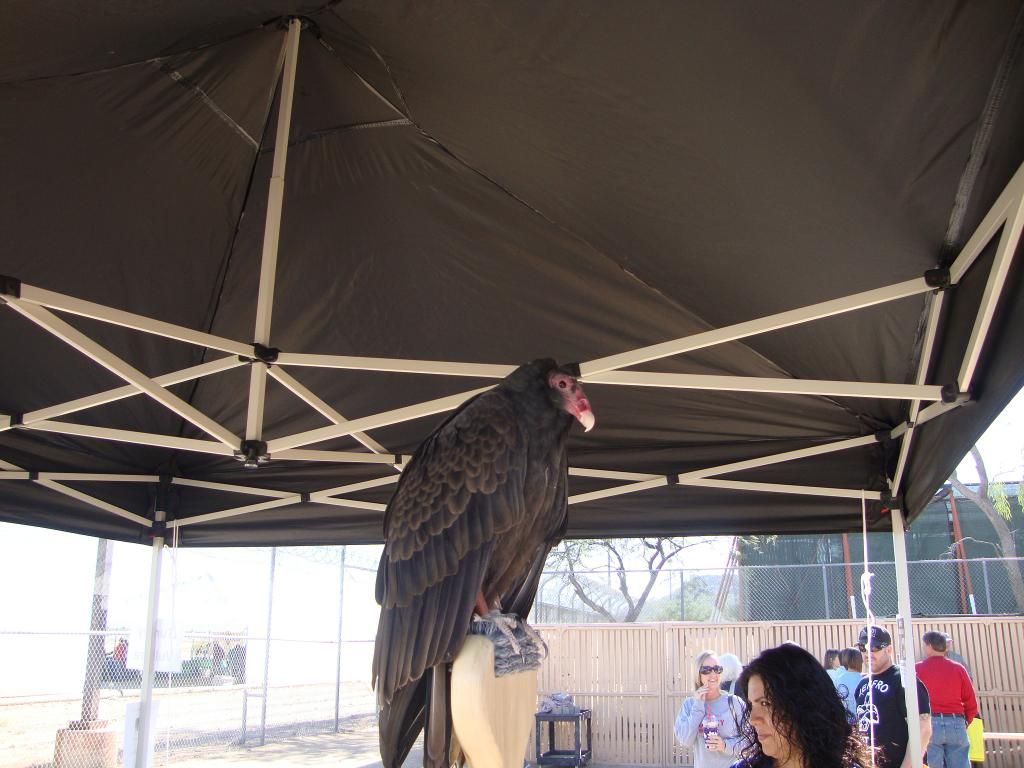
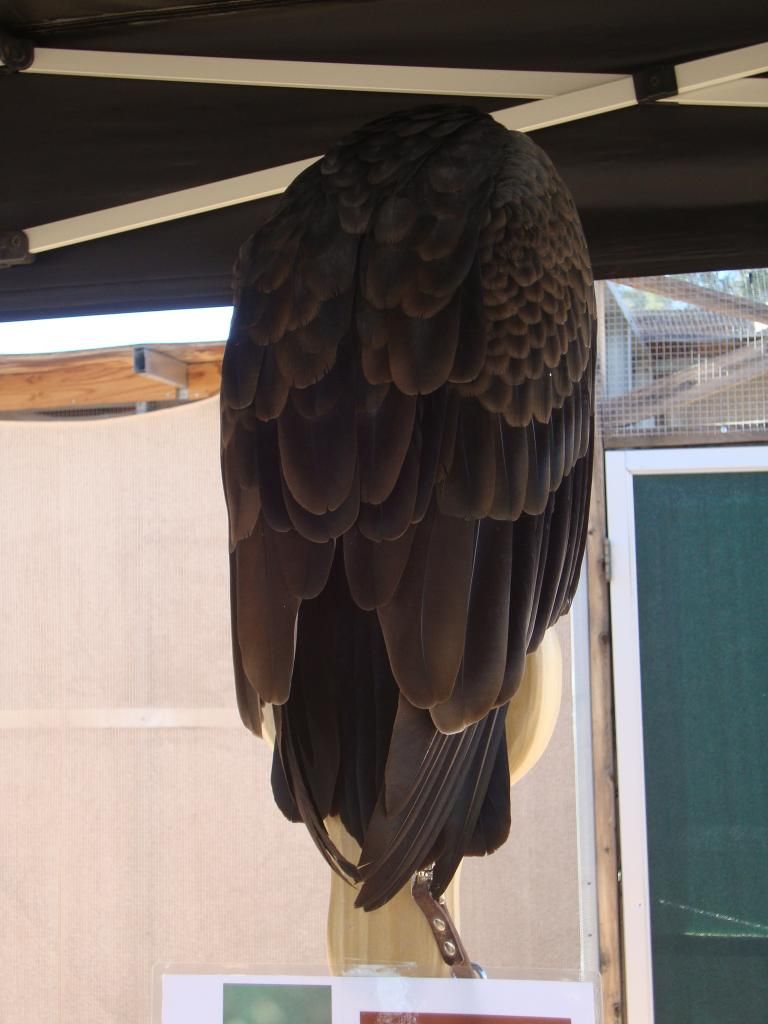
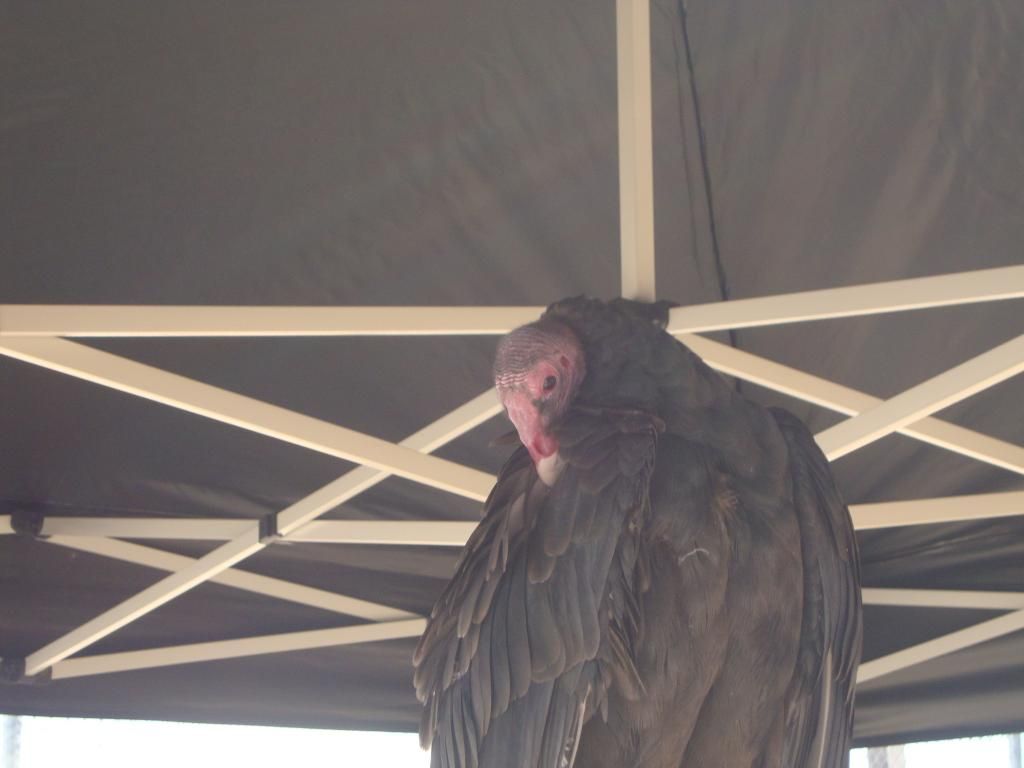

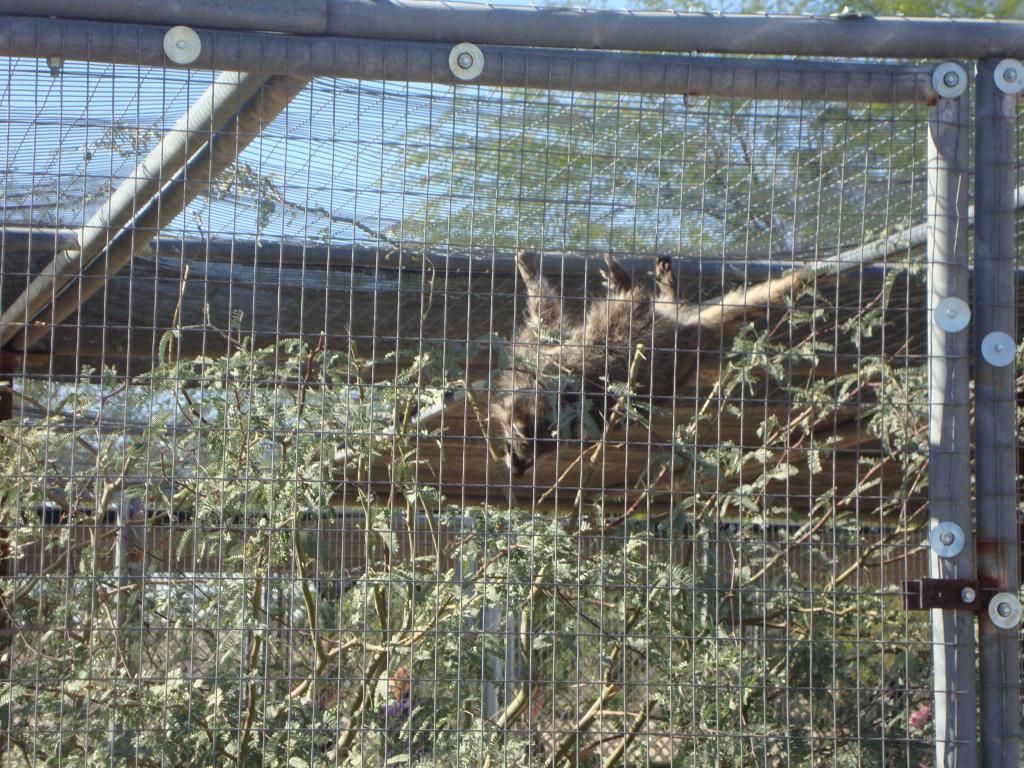

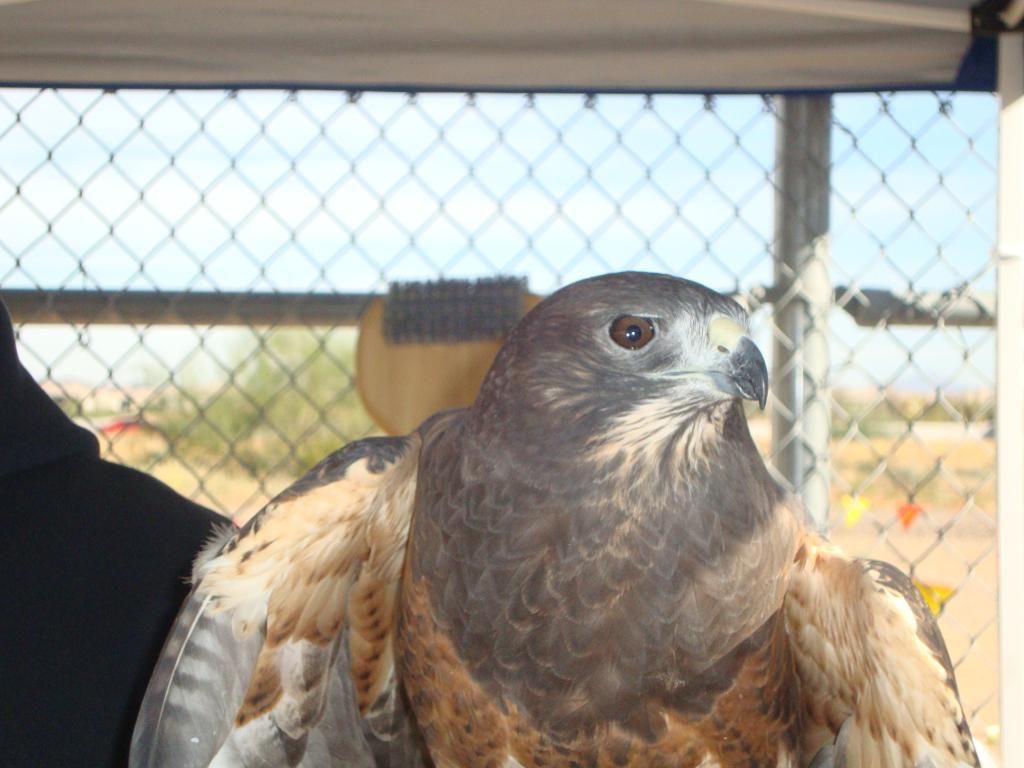
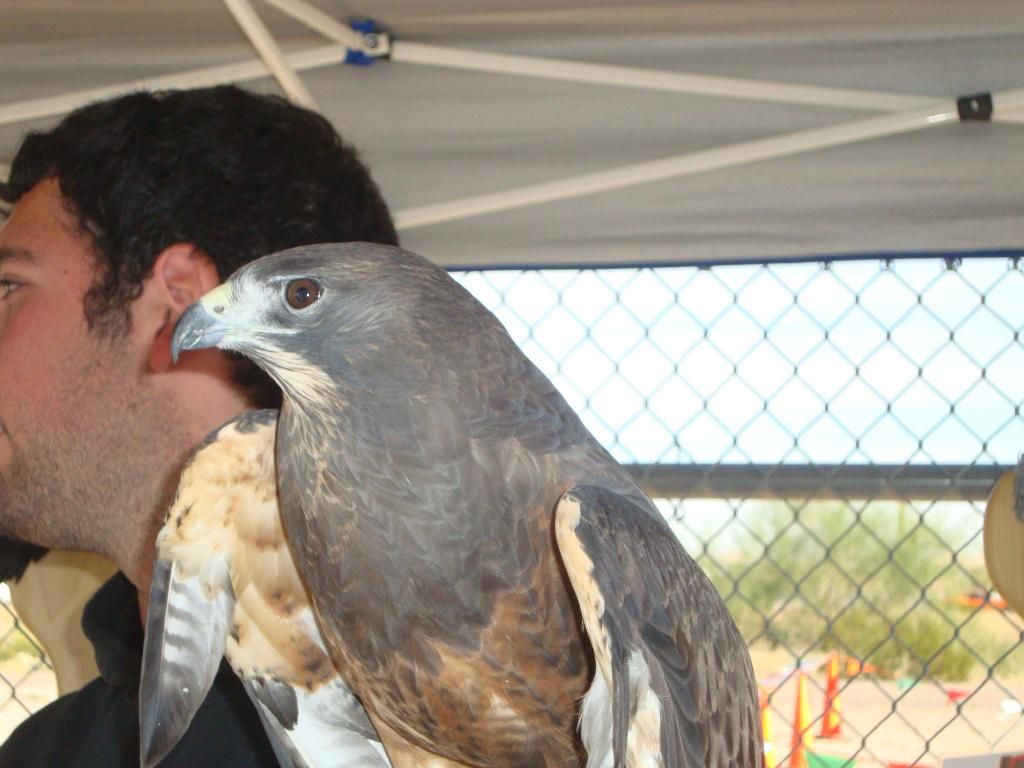
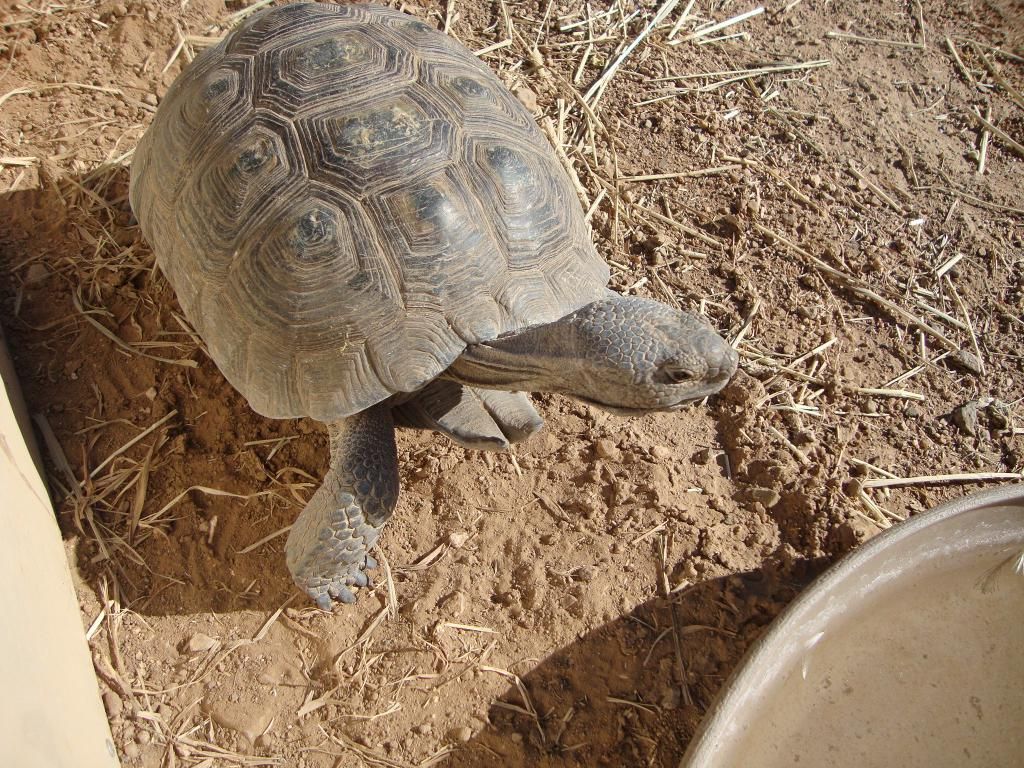
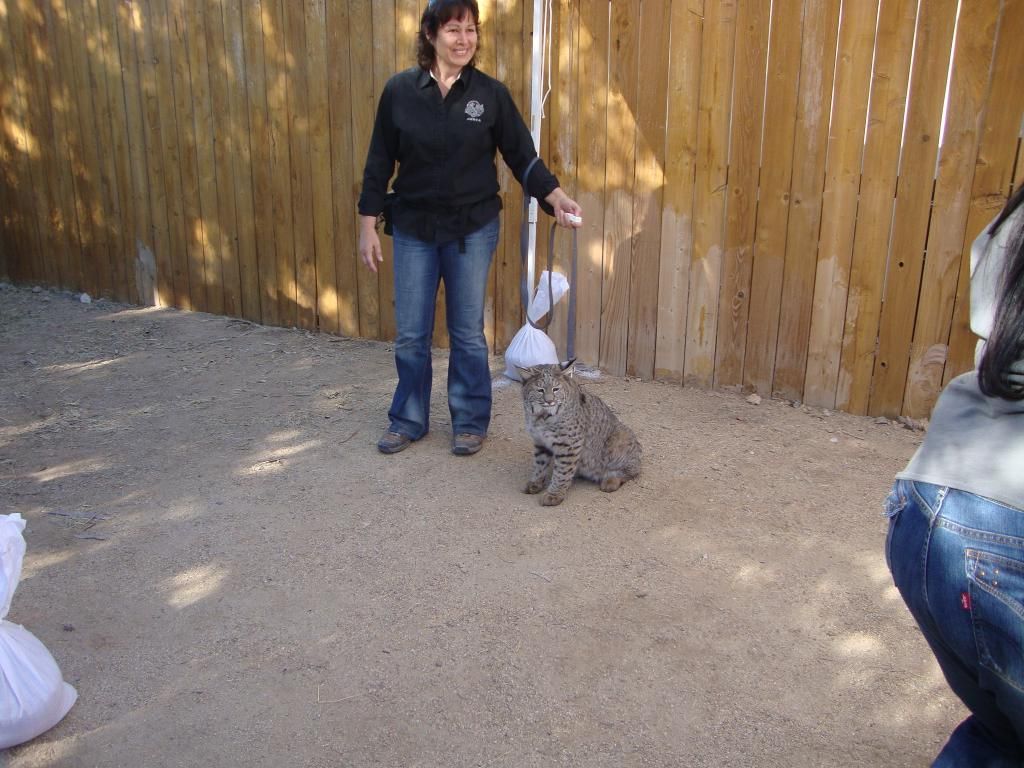
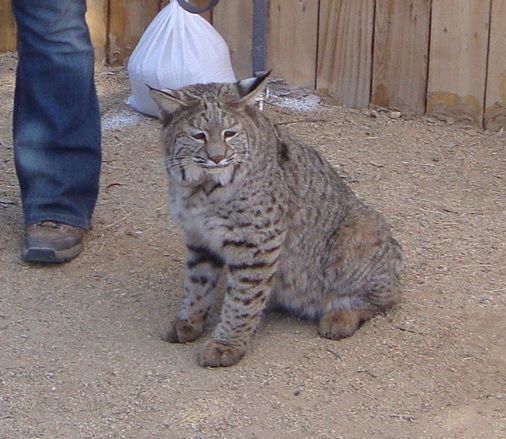

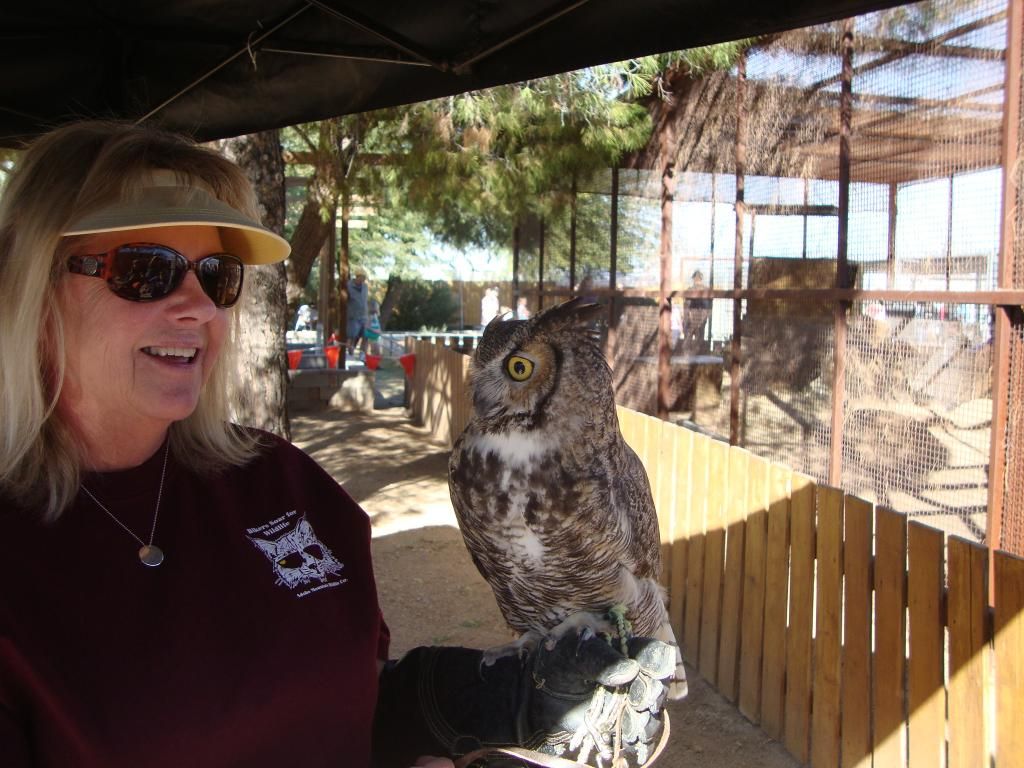
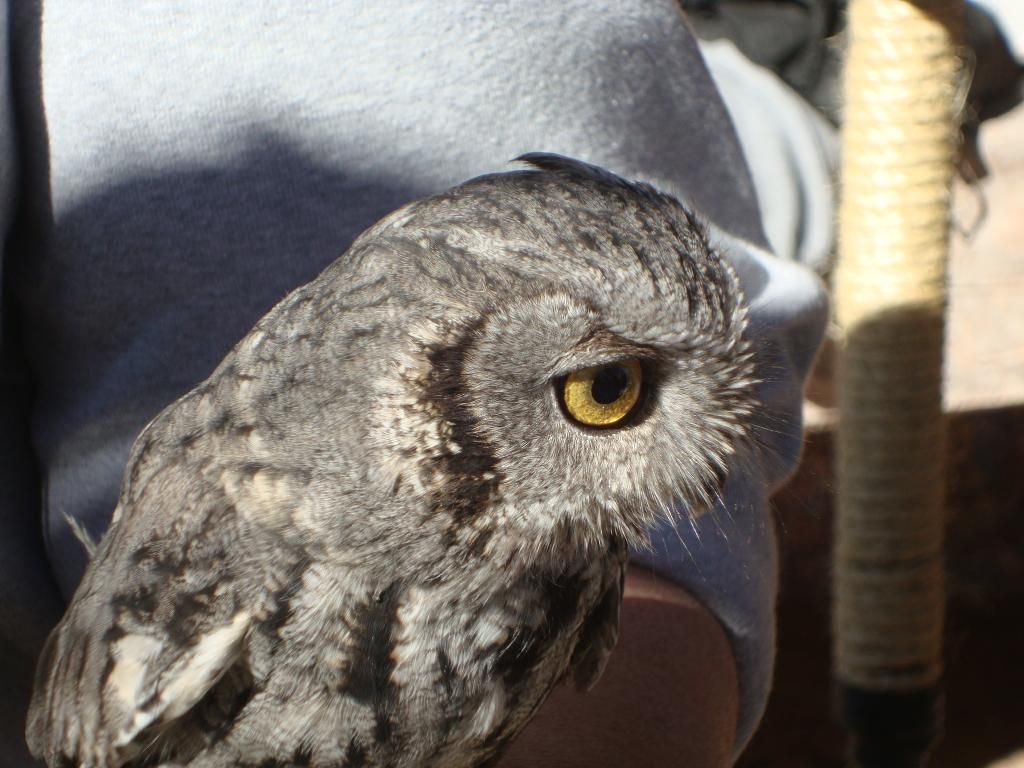
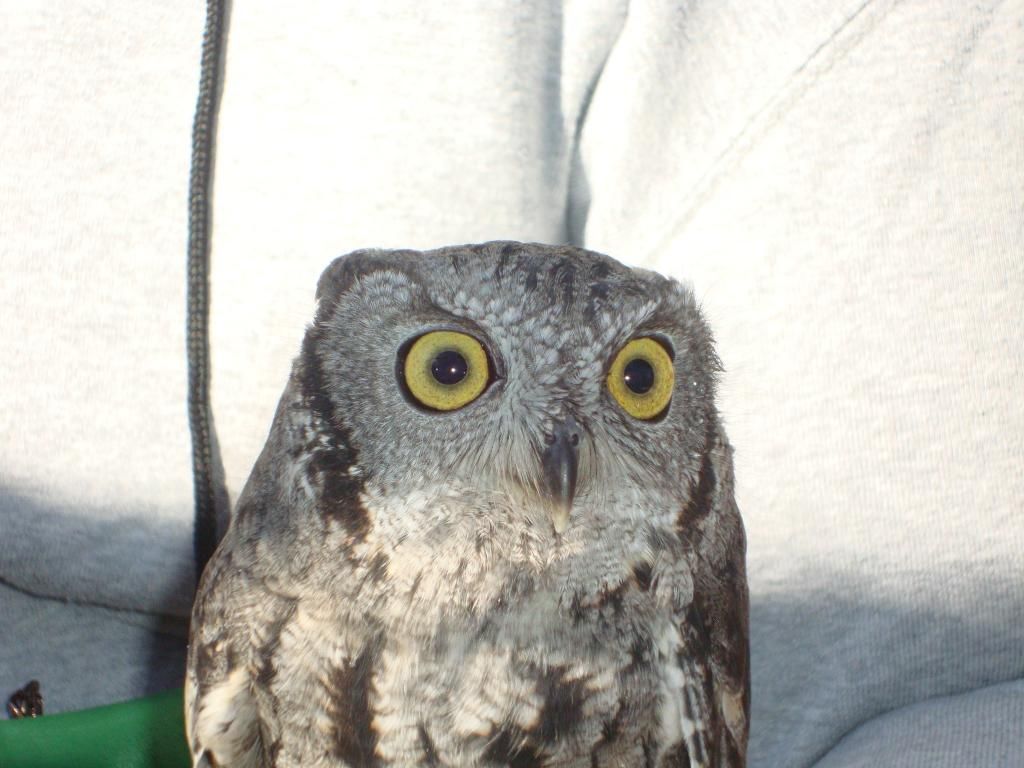
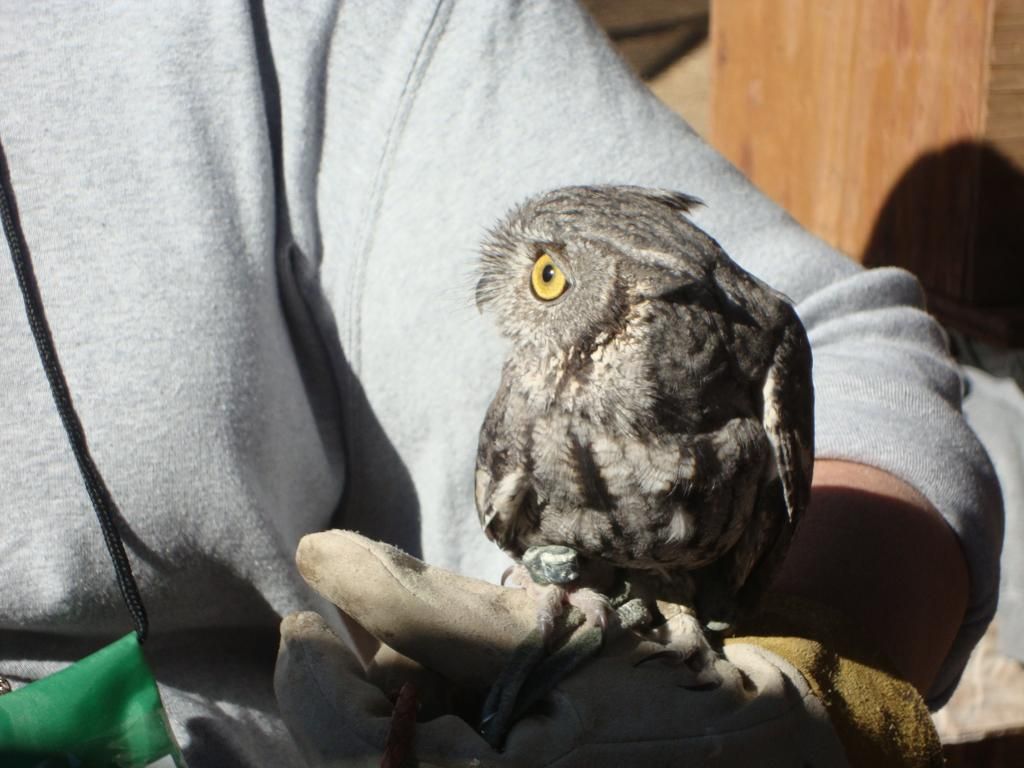
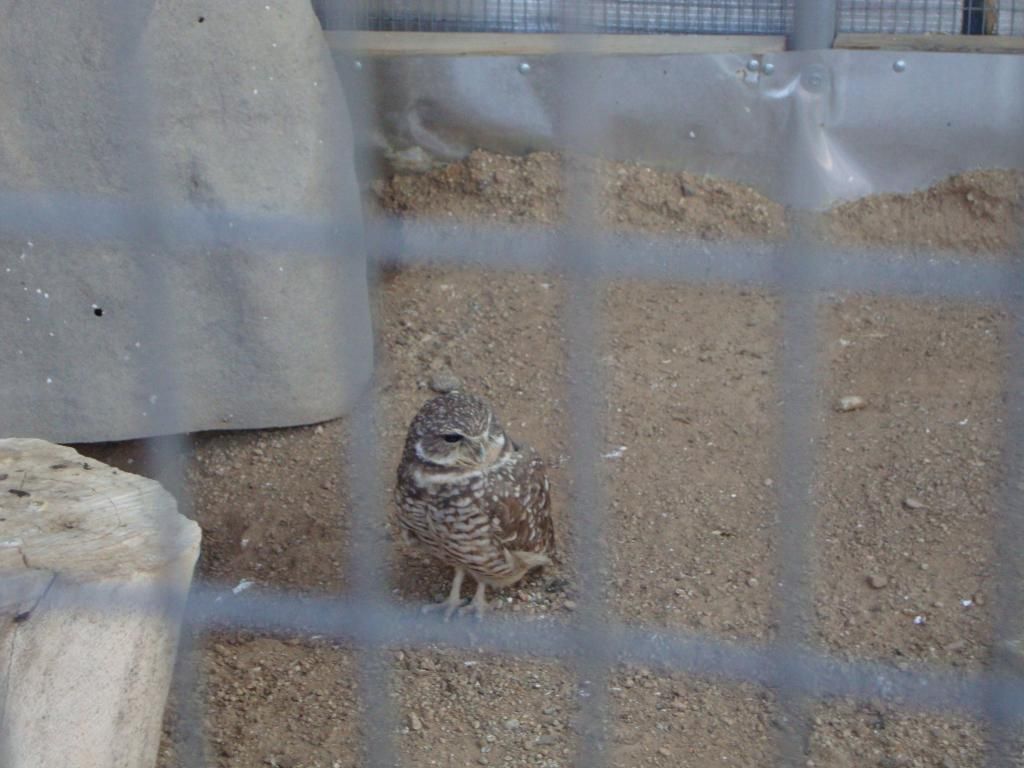

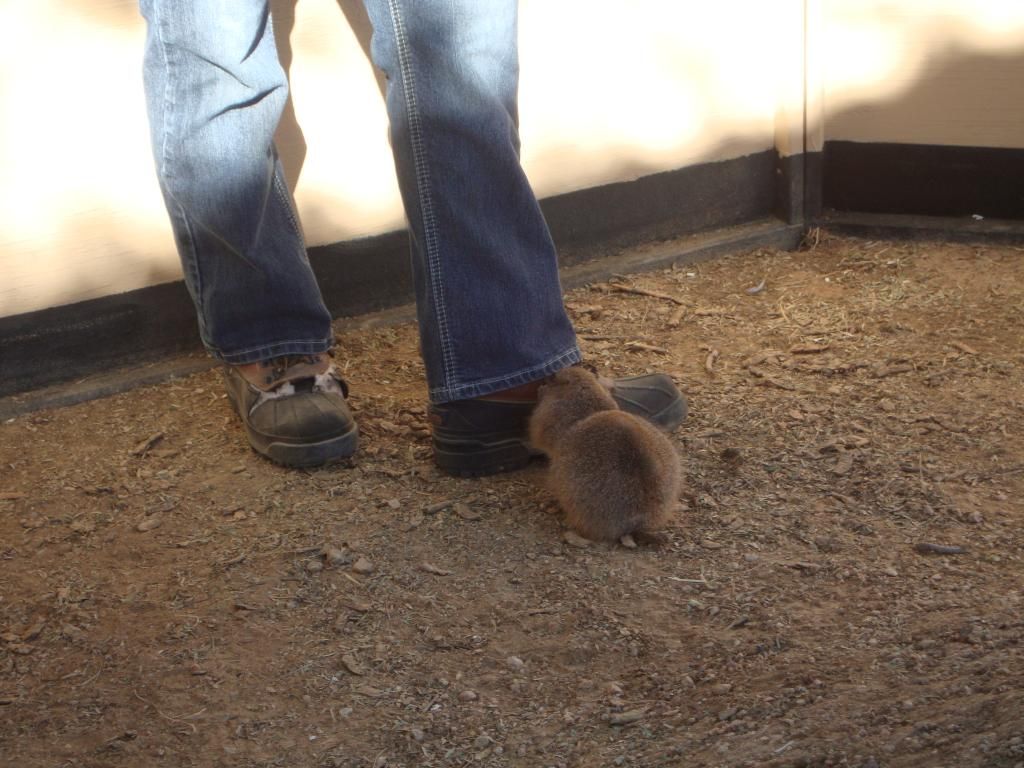
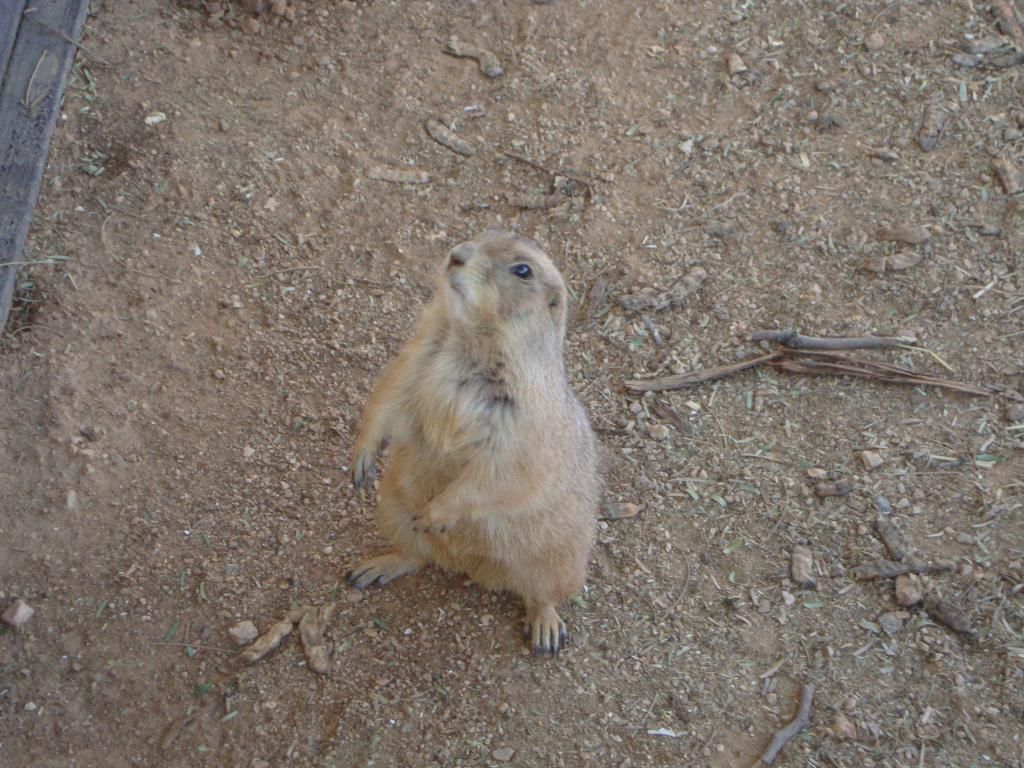
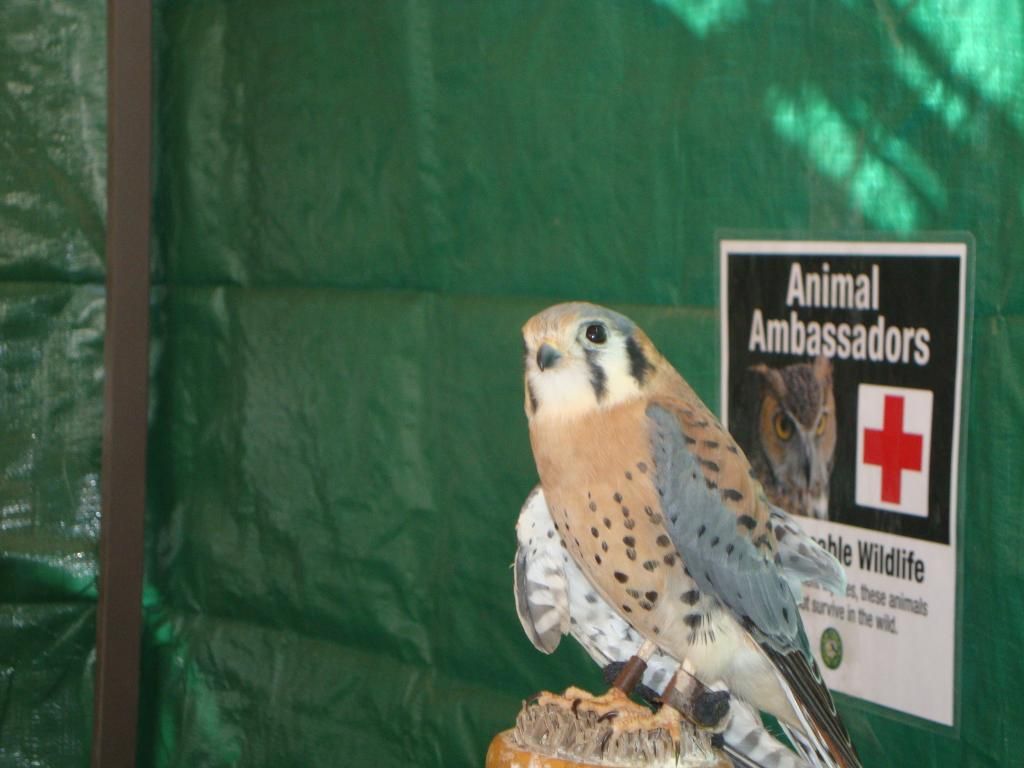
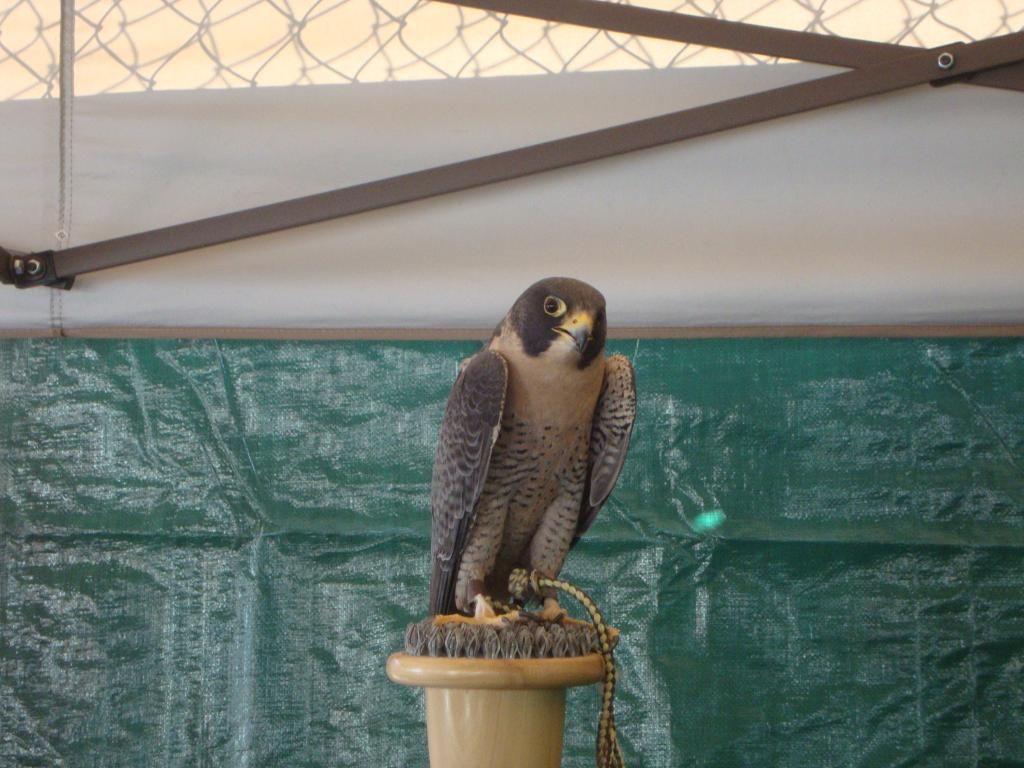
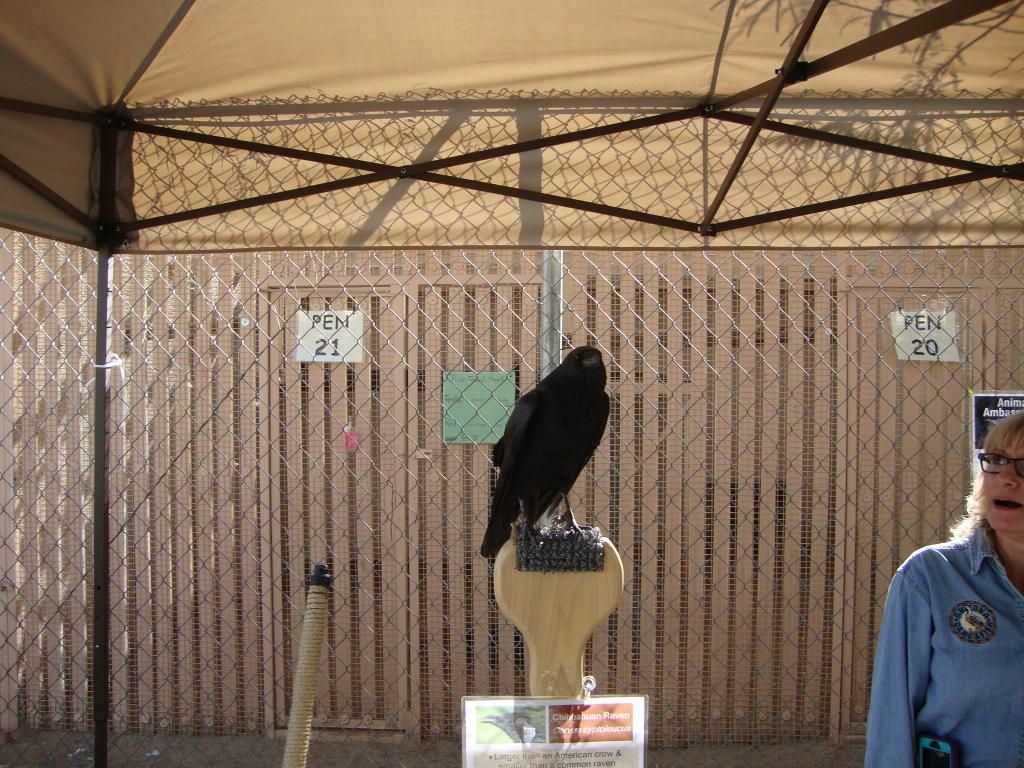
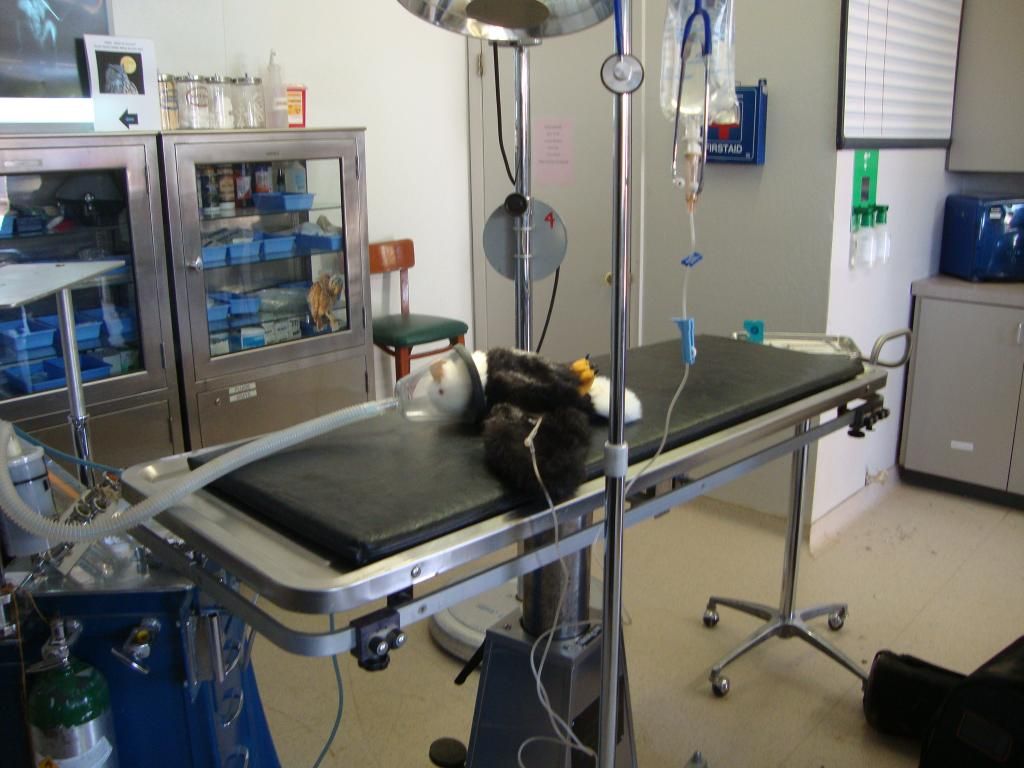
No comments:
Post a Comment